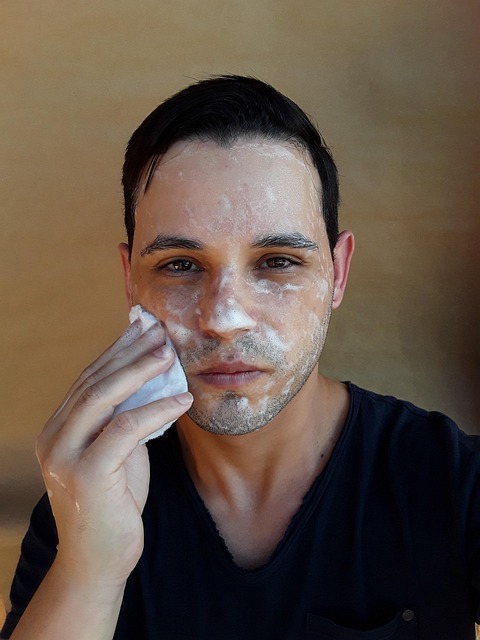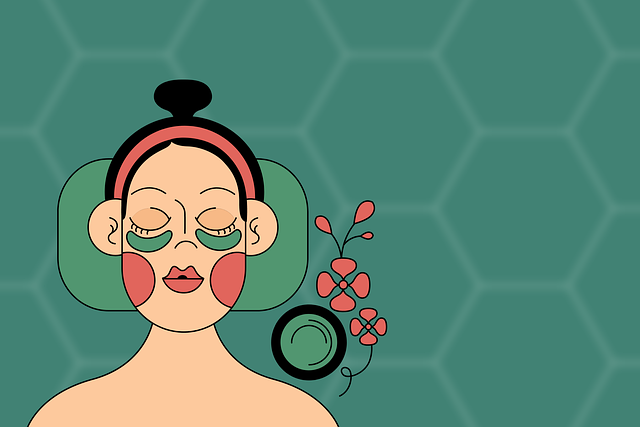Non-surgical skin tightening uses advanced technologies like radiofrequency, lasers, and ultrasound to stimulate collagen production, enhance elasticity, and firm problem areas without incisions or lengthy recovery. Safely performed in clinical settings by trained professionals, this procedure offers a convenient, low-risk alternative to traditional cosmetic surgeries, providing dramatic enhancements with minimal downtime for face and body contouring. Post-treatment care is essential for optimal results and minimizing temporary side effects like redness or swelling.
Looking to achieve a youthful, firm complexion across your entire body without invasive procedures? Discover the power of non-surgical skin tightening—a game-changer in the beauty industry. This comprehensive guide explores the science behind effective treatments, from understanding collagen stimulation to popular techniques like radiofrequency and laser therapy. Learn about the benefits, potential risks, post-care, and long-term results, empowering you to make informed decisions for your skin’s well-being.
Understanding Non-Surgical Skin Tightening: An Overview

Non-Surgical Skin Tightening is a popular aesthetic procedure that offers a less invasive alternative to traditional surgical approaches. This method focuses on rejuvenating and firming various areas of the body without incisions or extensive recovery periods. It involves advanced technologies and techniques designed to stimulate collagen production, improve skin elasticity, and reduce the appearance of loose or sagging skin.
One of the key benefits is its ability to target specific problem areas, such as the face, neck, arms, abdomen, and thighs. Through a series of non-invasive treatments, it can provide visible results, including tighter and more toned skin. The procedures are typically quick, comfortable, and carried out in a clinical setting by trained professionals, making them an appealing choice for those seeking a youthful appearance without major surgery.
The Science Behind Full-Body Skin Tightening Treatments

The science behind full-body skin tightening treatments, such as non-surgical skin tightening, revolves around stimulating collagen production and improving skin elasticity. These advanced technologies, including radiofrequency and laser treatments, work by targeting deep layers of the skin to induce a natural healing response. Collagen, a protein that provides structure and strength to our skin, is enhanced, leading to firmer, smoother skin.
Non-surgical skin tightening offers an appealing alternative to invasive procedures, as it promotes healthy skin regeneration without incisions or extensive recovery periods. The treatments are designed to gently heat the skin, causing minimal discomfort, while triggering a process that tightens and tones the dermis, resulting in improved texture and reduced appearance of fine lines and wrinkles.
Benefits and Expectation of Non-Invasive Skin Lifting Techniques

Non-invasive skin lifting techniques offer a range of benefits for those seeking to improve their skin’s appearance without undergoing surgery. These methods, often referred to as non-surgical skin tightening, provide a safe and effective way to reduce the signs of aging, such as wrinkles and sagging skin. One of the key advantages is minimal recovery time, allowing individuals to resume their daily activities almost immediately after the treatment.
Additionally, non-surgical approaches use advanced technologies like radiofrequency or laser to stimulate collagen production, resulting in firmer, smoother skin. Expectations for these procedures are high, as they can dramatically enhance facial and body contours, providing a more youthful appearance. Many patients appreciate the convenience and low risk associated with non-invasive techniques, making them a popular choice for those wanting to achieve a tightened and toned complexion without incisions or extensive downtime.
Popular Methods for Achieving Youthful, Firm Skin Across the Body

In the quest for achieving youthful, firm skin across the body, several popular non-surgical skin tightening methods have emerged as game-changers in the skincare industry. One highly sought-after option is non-surgical skin tightening, which offers a range of advanced technologies designed to stimulate collagen production and improve skin elasticity. These treatments are particularly appealing due to their minimal invasiveness and quick recovery time.
Among the most popular techniques are radiofrequency (RF) skin tightening, laser skin tightening, and ultrasound skin tightening. RF treatments use heat energy to stimulate collagen renewal, while lasers target specific pigmented cells to even out skin tone and texture. Ultrasound, on the other hand, employs high-intensity focused ultrasound to break up excess collagen and elastic fibers, allowing the body to naturally reabsorb and replace them, resulting in a tighter, more youthful appearance.
Safety and Side Effects: What You Need to Know

Non-surgical skin tightening is a popular choice for those seeking to improve their skin’s elasticity and appearance without invasive procedures. However, as with any cosmetic treatment, it’s crucial to be aware of potential safety concerns and side effects. The good news is that many non-surgical skin tightening methods are generally considered safe when performed by qualified professionals using approved technologies.
Common side effects may include temporary redness, swelling, or mild discomfort at the treatment areas. In rare cases, patients might experience bruising or skin irritation. It’s essential to choose a reputable clinic and consult with an experienced provider who can advise on specific risks based on your unique needs. They will ensure the procedure aligns with industry standards and best practices, minimising any adverse reactions.
Post-Treatment Care and Long-Term Results

After a successful non-surgical skin tightening procedure, proper post-treatment care is essential to achieve optimal results and minimize potential side effects. Patients should follow their practitioner’s specific recommendations, but general guidelines include avoiding strenuous exercise for the first few days, wearing loose clothing to prevent irritation, and applying recommended topical creams or serums to enhance healing. It’s crucial to stay hydrated and protect the treated area from direct sunlight. Most patients experience minimal discomfort and can resume normal activities within a day or two.
The long-term results of non-surgical skin tightening can be significant, offering a more youthful appearance with improved skin elasticity. Depending on individual factors such as age, lifestyle, and genetic predispositions, these effects may last for several months to years. Regular maintenance treatments can help extend the duration of results, ensuring that the investment in non-surgical skin tightening yields visible benefits for an extended period.
